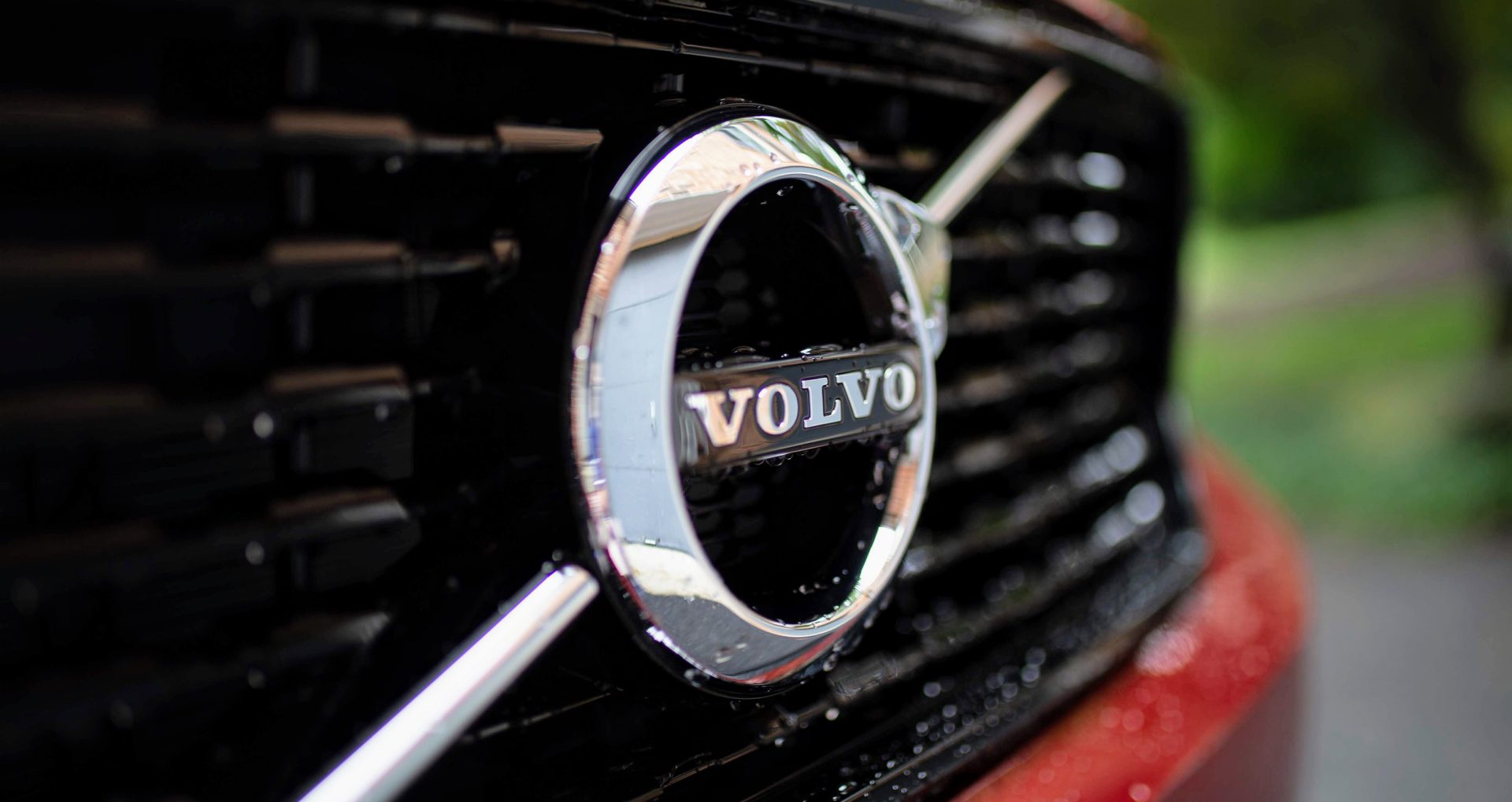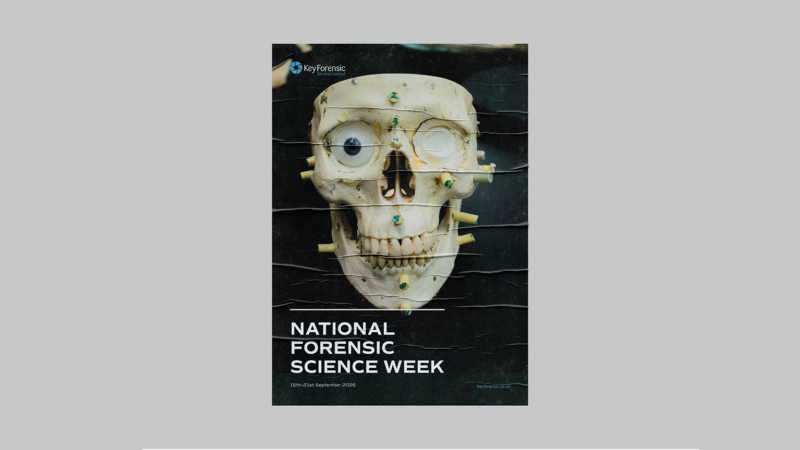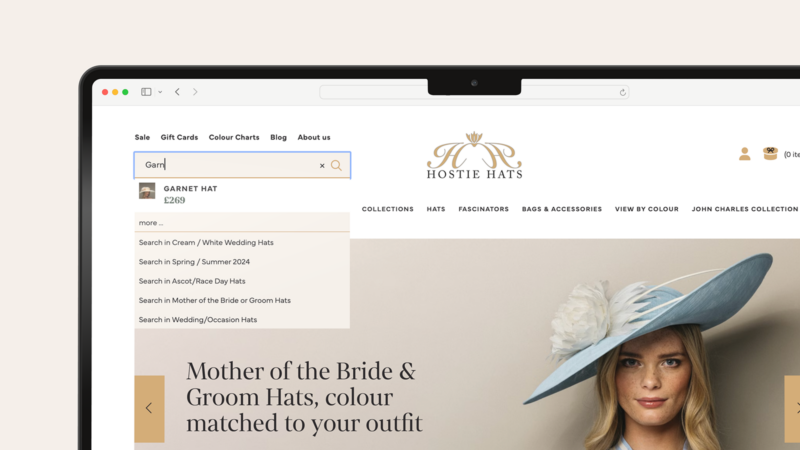
It is worth mentioning that, particularly as businesses and brands grow in complexity and acquire other brands or launch new areas of activity, there exists an entire spectrum of hybrid models.
One widely used brand architecture model is the umbrella brand or branded house model. In essence, the umbrella brand or branded house uses an overarching brand as the main focal point, and the brand’s products or services are all contained within this.
Volvo is an example of an umbrella brand or branded house brand architecture model, as is Virgin. Whether you are ordering wine, booking a holiday or signing up for an intergalactic flight, you are in no doubt that you are dealing first and foremost with the Virgin brand and will see its familiar signature-style logo.
Umbrella brand strategy advantages
There are lots of advantages to the branded house architecture model, one of the main ones being sheer visibility. If you perform every interaction under one banner, then all efforts concentrate and support the one brand.
From a brand management viewpoint, it can be easier to manage a branded house. All areas of the brand share the same vision, the same identity (albeit with some specifics for sub-brands) and can seek to create the same or similar customer experience.
There are also ordinarily significant operational efficiencies to the branded house model.
There are also ordinarily significant operational efficiencies to the branded house model. Marketing efforts can often be shared, and public relations activities tend to benefit the whole ‘house’.
This approach can also give new areas of activity rapid market penetration. If the brand is well-known and already has a positive reputation in the marketplace, a new service or product will immediately benefit from being within the branded house, which is considerably easier than launching a new brand.
Disadvantages
One of the most potentially severe disadvantages of this brand strategy is that any negative association bleeds into all areas of the branded house. A disaster for one service or product has consequences for its siblings too.
There is also the issue of dilution. If a brand stretches too far, both its credibility in the marketplace (especially if it’s a new entrant), and what it stood for in the first place can become lost.
Another disadvantage is inflexibility; the whole branded house tends to own the brand positioning, so it can be hard to launch a new product or service that shares the brand but seeks to hold a different position in the market. An example of this is Toyota when launching an upmarket challenger to the German business-class brands. It had to create the luxury Lexus brand to earn a share of the luxury market convincingly.
Similarly, the areas of activity the brand enters into have to make sense to the brand’s audiences. Can what the brand is known for successfully translate? The public can be fickle, and if that’s combined with a leftfield brand extension, it can spell disaster — though there are doubts over its veracity, the infamous Colgate Lasagne illustrates how jarring some brand extensions have the potential to be.
If you want to talk to us about your brand architecture, drop us a line.






